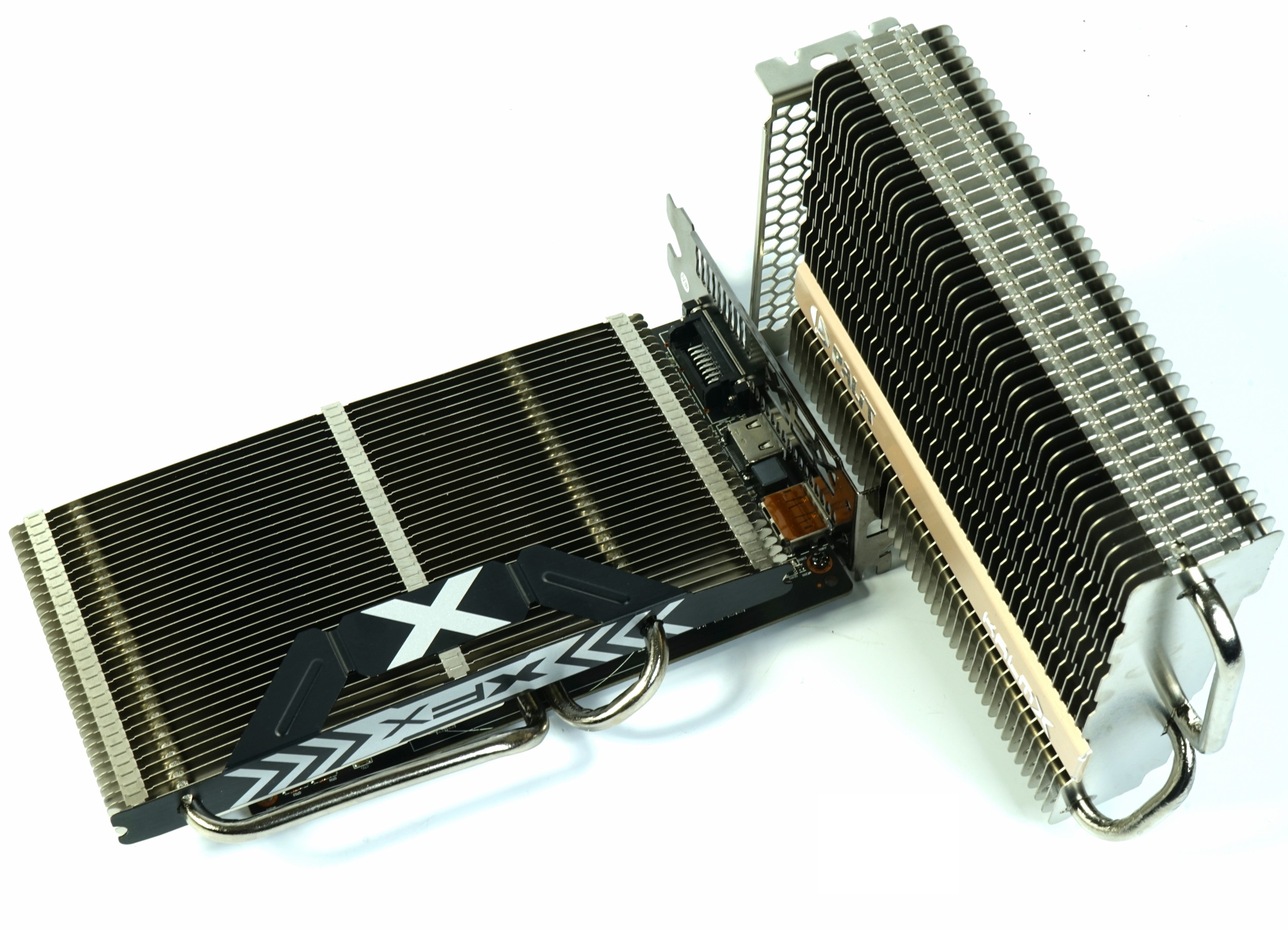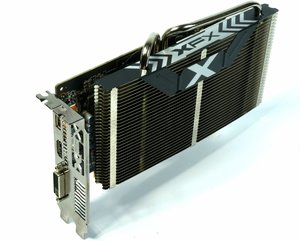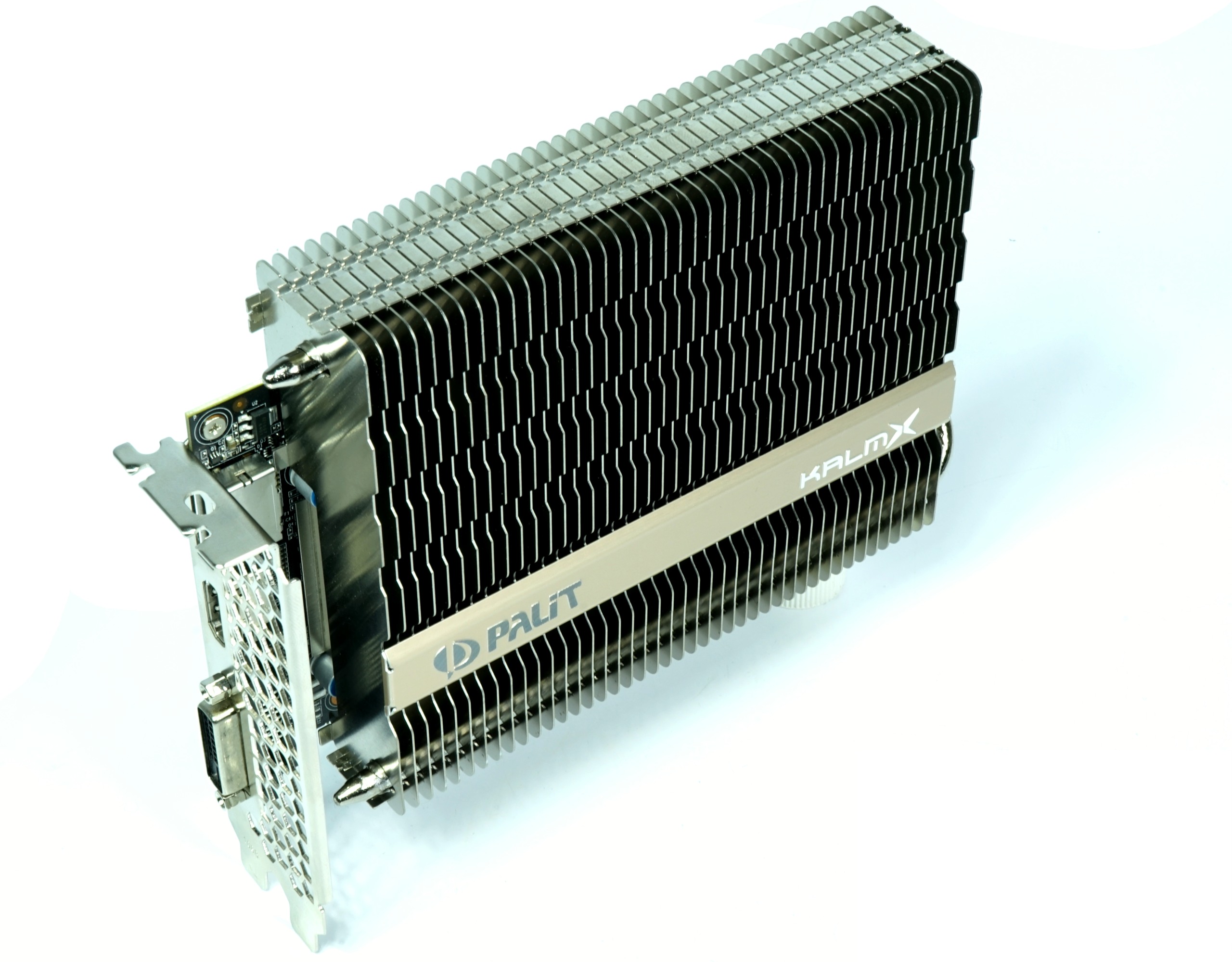As always, light and shadow are very close together and in the end both manufacturers have their various corpses in the basement. That's why I'm just recomparting the past for both cards.
XFX RX460 Passive Heatsink Edition
This map is actually well thought out, but suffers from the somewhat undersized heat sink, whose horizontally aligned slats almost exclude a self-convection anyway from before.
One would have been really well advised to enlarge the cooler overall a bit and also to take advantage of the full construction depth, which is blocked anyway by the wide slot aperture.
A clock reduction to 1000 MHz does not look nice for marketing at first, but would have helped to lower the voltages a little further in order to slip below the 50 watt mark in power consumption.
At least the card is not much more expensive than actively refrigerated products and you can even attach an ultra-quiet 9.2 or 12 cm fan with some skill. Then it fits again; Anyway.
Palit GTX 1050 Ti KalmX 4GB
The implementation of Palit is much faster, but generally suffers from the too high storage temperatures.
Actively cooled cards, which you really hardly hear, you get for 30 euros less, which dissolves the meaning of this card a little into air.
It only becomes interesting when at least one housing fan intervenes in a helping way.
Wouldn't there be the memory again, which can not even benefit from it or only little. If you like to tinker, we certainly have suitable pads at your disposal. This is always worth a try.
Conclusion
The GeForce card comes a little closer to the dream goal of a completely passive implementation due to the slightly more delicate working method of Boost and the better cooler, but still have both cards – albeit only more or less scarce. However, the meaning of such cards does not open up to us in the slightest, as long as the finish line cannot be reached safely.

We would like to give the manufacturers the way to test their own cards under real conditions and, if necessary, to test their own cards. further optimize. In this way, aspects such as insufficient radiator surface or too hot memory modules would not occur in the first place. That's why we are fair and do not give either card a purchase recommendation or at least the tested award. Any neat, active and quietly cooled card will be able to easily buy the cutting edge of these two passive cards – and the chip manufacturer really doesn't matter anymore.
In view of the results achieved, the 130 euros for the AMD card and the 175 euros for the Geforce are hardly because the real added value is simply towards zero. Nice passive attempt everywhere, but next time please with better coolers and lower power consumption.


































Kommentieren